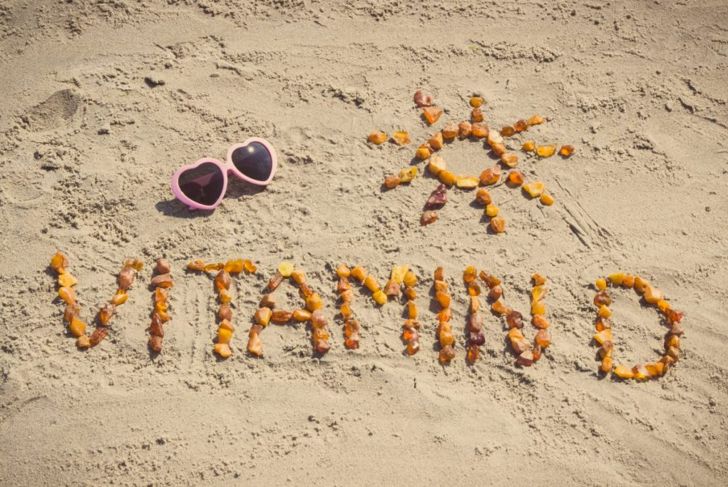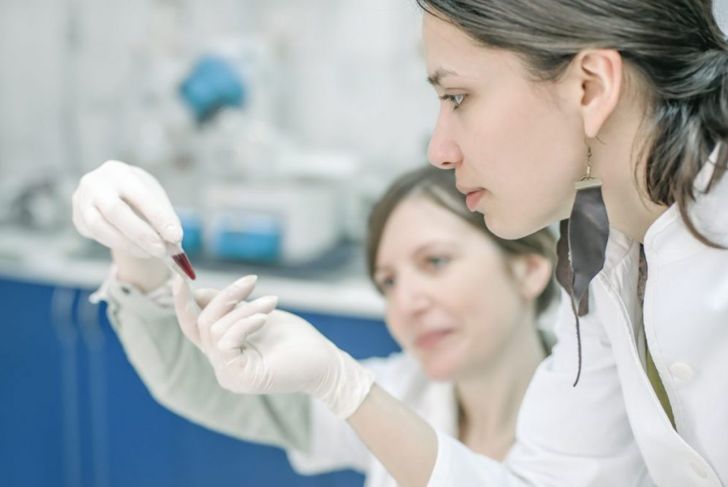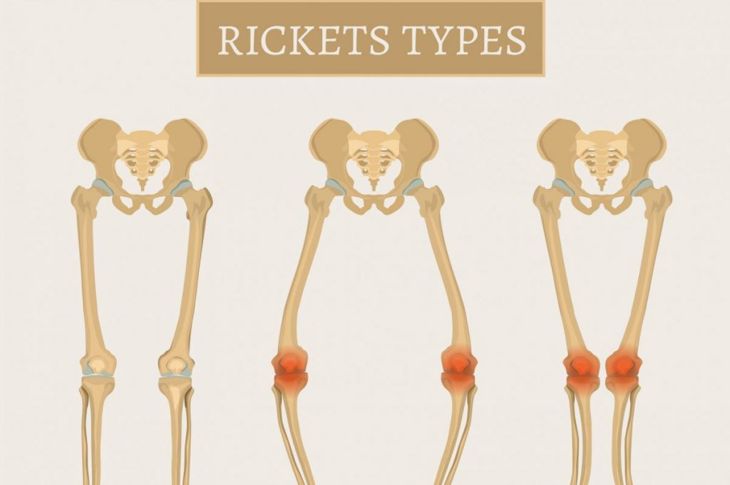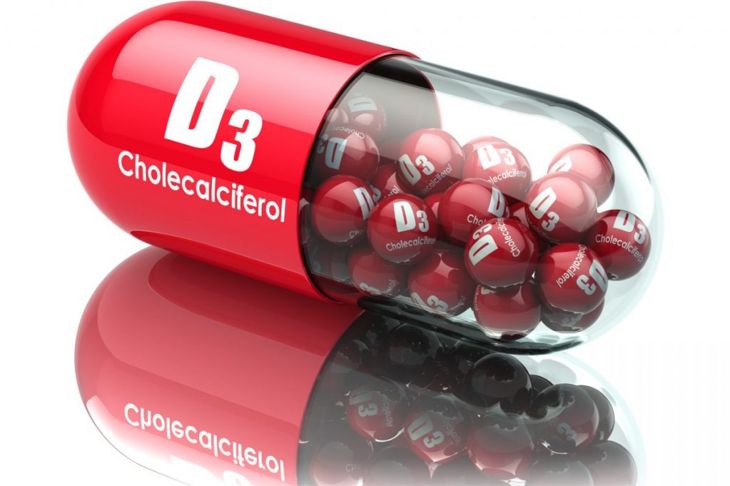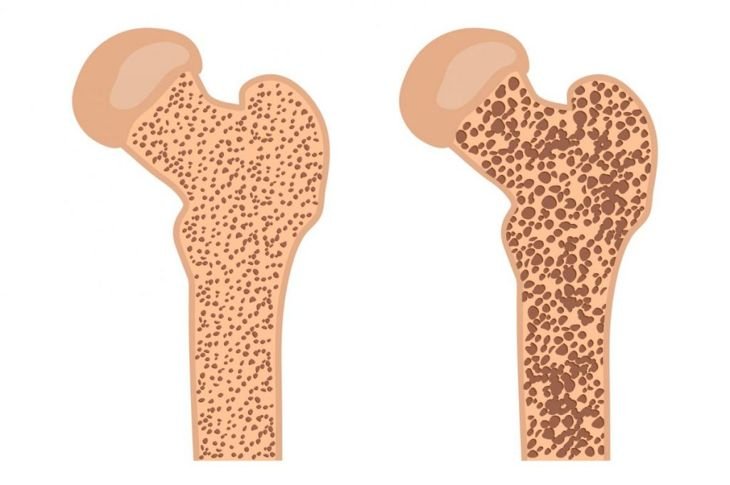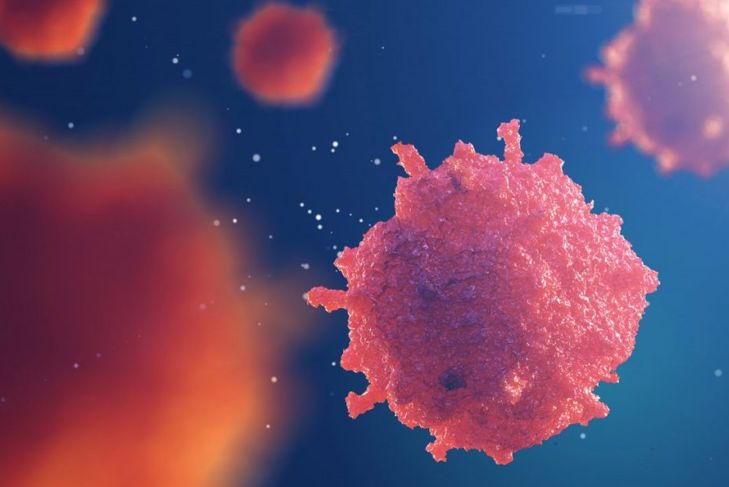Vitamin D3 the natural form of vitamin D, one of the few vitamins your body makes itself rather than requiring through diet. It’s a fat-soluble vitamin, meaning you need a proper amount of dietary fat to fully absorb it into your bloodstream. When ultraviolet light hits your skin, the liver and kidneys produce vitamin D3. It has several health benefits, aiding in bone growth and density, and bone health. However, up to nine percent of adults in the U.S. are vitamin D-deficient, and this deficiency can lead to several health concerns.
Helps Prevent Osteoporosis
Vitamin D3 promotes calcium absorption in your gut, enabling your body to maintain adequate levels of calcium and phosphate concentrations for proper bone mineralization. Poor bone mineralization causes small holes in the bones that can become larger; this is known as osteoporosis and can lead to brittle bones that break easily. Vitamin D3 is also needed for bone growth. Receiving between 800-5000 IU of vitamin D3 per day can improve musculoskeletal health by naturally retarding the breakdown and aging of the skeletal structure.
Manage Blood pH Levels
Vitamin D3 helps the kidneys recycle phosphate back into the blood. Phosphate helps balance the pH level, which is critical to arterial and heart health. This also affects the profile of the nutrients in your bloodstream: blood with improper pH levels can damage the chemical structure of essential compounds and render them less useful to the body.
Prevent Rickets
Rickets is a disease that causes soft bones in children and affects their musculoskeletal growth; it leads to complications such as bowed legs, knock-knees, and even scoliosis in the spine. Vitamin D3 is essential for both a growing fetus and the child after it’s born. While adults who are deficient do not typically develop rickets, their bones may become softer, a condition is known as osteomalacia. If vitamin D3 levels remain low, this can lead to osteoporosis.
Conditions That Affect D3 Levels
The body creates vitamin D3 in the liver and kidneys. It absorbs into the bloodstream in the gut and needs dietary fats for optimum effectiveness. People with digestive conditions such as Celiac disease, IBS, and Crohn’s, have a harder time absorbing D3 and can become deficient. In addition, certain liver conditions can affect D3 production. To boost vitamin D3 levels in people prone to deficiency, many doctors recommend a very high, cumulative dose of at least 600,000 IU, administered over several weeks. These supplements can boost the depleted stores. Once proper D3 levels are achieved, those with digestive conditions can begin regularly supplementing their diets with 800-5000 IU of the vitamin.
Receiving D3 From Sunlight
Your body makes vitamin D3 when your skin absorbs sunlight. If you aren’t getting outdoors enough, a sun lamp can give you more ultraviolet light and increase your production of vitamin D3. In the U.S, people who live north of Los Angeles or Charleston, South Carolina typically aren’t exposed to enough sunlight throughout the year. In addition, those with darker skin tones have more difficulty absorbing enough ultraviolet light from the sun to properly boost D3 levels because their skin contains higher levels of melanin. Though this is useful for protecting against sun damage, it also makes it harder for the skin to absorb the necessary nutrients.
Effects of Sunblock on Vitamin D Production
Sunblock protects the skin from harmful cancer-causing rays, but this protection means you’re also absorbing less of what the body needs to make vitamin D. Anything over SPF 8 cuts ultraviolet production by more than 75 percent. 10 to 20 minutes per day of unprotected sun exposure is generally enough for lighter-skinned people, while those with darker skin need about an hour of unprotected sunlight. After this time has elapsed, it is best to apply sunscreen to get those protective benefits.
Getting Vitamin D3 In Your Diet
If you cannot get enough exposure to the sunlight to produce vitamin D3, you can supplement with dietary sources. Milk and eggs are good sources of vitamin D. Oily fish like cod, mackerel, halibut, and salmon are also high in nutrient. Mushrooms exposed to UV light, like Maitake and portobello, can contribute as well.
Symptoms of Vitamin D3 Deficiency
The most common signs of a vitamin D3 deficiency are weakness, chronic fatigue, depression, anxiety, trouble sleeping, weak bones, and a weak immune system. People susceptible to Seasonal Affective Disorder (SAD) may also have low vitamin D3 levels. If you notice symptoms occurring more severely as summer changes to fall or during times of overcast weather, then you may need sun lamp exposure or supplements.
Side Effects of Vitamin D3 Deficiency
Vitamin D3 is critical to many systems in the body, from nutrient absorption to healthy bones. When levels are low, chronic vitamin D deficiency sets in and leads to more serious conditions. It’s linked to a higher risk of breast cancer, colon cancer, and prostate cancer, as well as heart disease, clinical depression, and weight gain.
Cautions For Vitamin D3
There are a few precautions you should remember if you’re planning to supplement vitamin D. If you are taking prescription medication for bile acid sequestrants or certain weight loss drugs, consult with your physician before supplementing. In addition, if you have sensitive skin, ask your physician before going outside without sunscreen for any length of time. If you are pregnant or nursing, consult your ob/gyn before taking vitamin D supplements.

 Home
Home Health
Health Diet & Nutrition
Diet & Nutrition Living Well
Living Well More
More